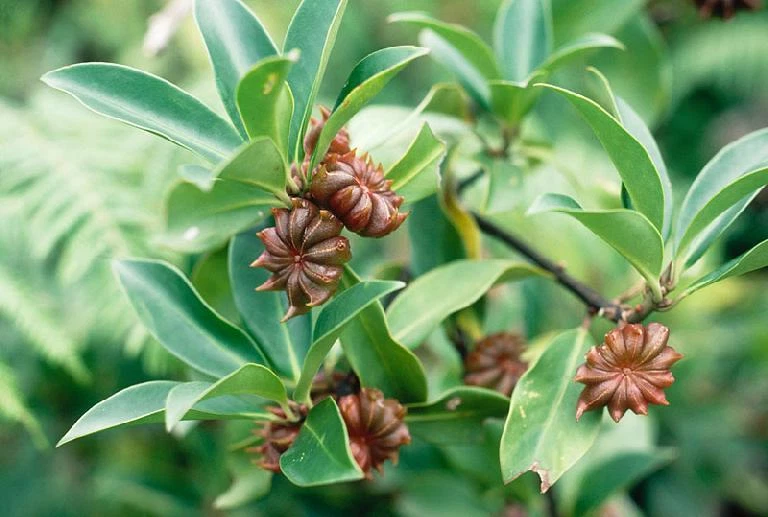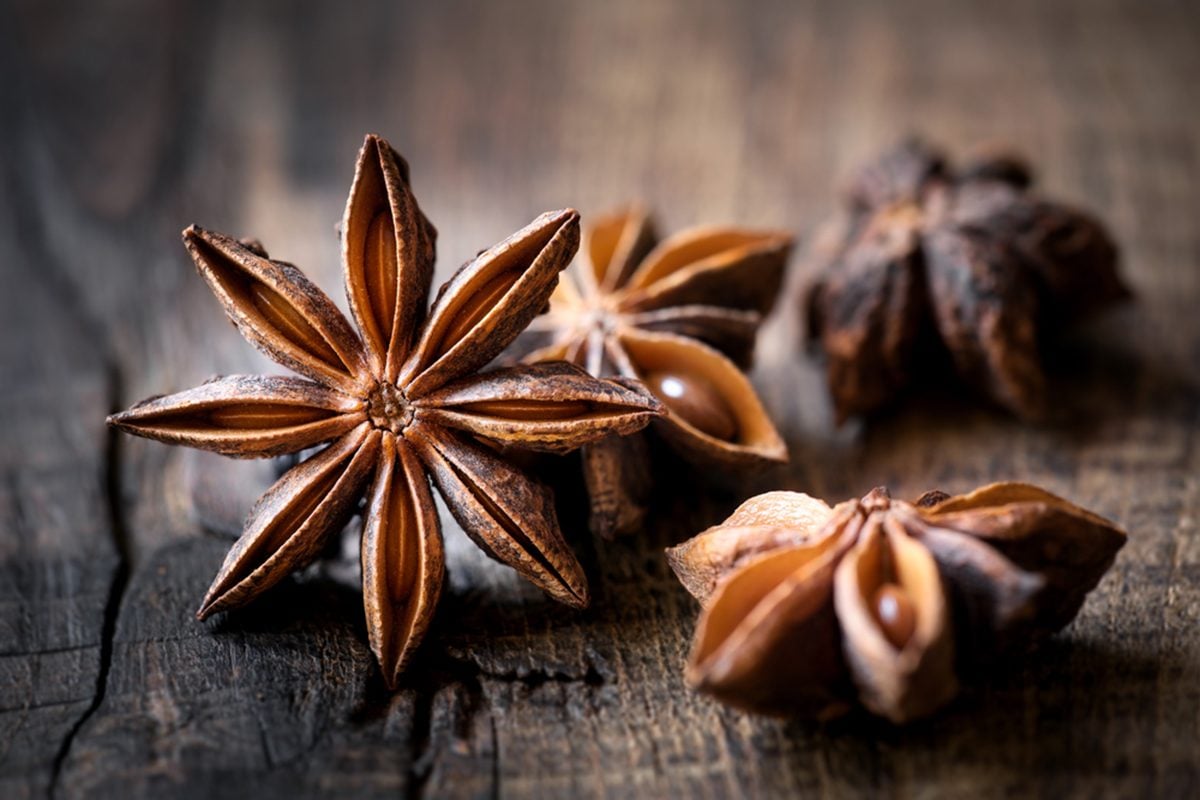Gathering Star Anise: A Biennial Bounty
Vietnam is known for its star anise since star anise plants are exclusively found in certain Chinese provinces and Vietnam. Because of the ideal environment in Vietnam’s north, it is generally acknowledged that Vietnam star anise is superior to all other varieties. Growing and harvesting star anise trees demands a great deal of expertise, commitment, and affection from farmers because of this unique plant. In this essay, let’s examine star anise cultivation!

1. Getting ready to cultivate anise
Vietnamese farmers use a method that depends on the climate as well as tradition to grow star anise. Because star anise prefers cool, humid temperatures, growers seek locations between 300 and 700 meters above sea level. Because of their perfect circumstances, the provinces of Lang Son and Cao Bang are therefore desirable places. It is a proven truth that star anise is of higher quality in colder climates.
First, producers plant in the spring or during the rainy season to provide much-needed moisture for the young trees. They usually sow seeds taken from mature trees, which are between 20 and 40 years old for best results. New trees need to be planted and then given special attention for the duration of their lives. Thus, producers must maintain healthy soil moisture levels while providing enough water and sunlight. Some farmers even use fertilizers to help their star anise trees grow faster.
If planted and maintained properly, anise plants typically flower four to seven years after planting and can be harvested for several decades. From the fourth to the seventh year, star anise yields between 0.5 and 1 kg/tree. Nonetheless, an anise tree older than 20 years can produce a consistent production of 40–50 kg. The star anise tree can produce high and consistent harvests for up to 80 years if it is planted and maintained properly.

2. North Mountain’s Treasure: Harvesting Star Anise
The star anise trees start to produce fruit after four to seven years of growth. Time is of the essence for a successful harvest. Anise blooms typically have 6–8 petals that are arranged into a star shape and have a diameter of 2.5–3 cm. A smooth, tiny seed in the shape of an egg is enclosed in each petal. When the individual pods on the star-shaped clusters begin to crack open, star anise fruits are ready to be picked.
Season and Four-quarter Anise: What are they?
Two times a year, anise flowers. Initially, the spring harvest takes place in April and March. Then, from August to November, there is the Autumn harvest. Because of the climate, the anise from the two harvests differs in size. Since anise plants thrive in cold climates, winter is a favorable time of year for the development of star anise fruits. Let us investigate these two varieties of star anise:
- Autumn-flavored season anise (Dried anise type I): Petal length of anise exceeding 2.5 cm (representing 80% of the entire quantity)
- Anise petals range in length from 2 to 2.5 cm in four-quarter anise, also known as spring anise (dried anise type II), which makes up 85% of the total amount.

Star Anise Dehydrating
After being gathered, the fruits are left to dry in the sun. This important procedure ensures the spice’s long-lasting quality by lowering the moisture level and preventing spoiling.
For a few days, the farmers dry the anise fruits until the moisture content drops to 13%. The fruits become reddish brown in hue and take on the appearance of stars when they are sufficiently dry. After that, the machine was filled with dried anise flowers to get rid of all the admixture. Customers may request that the star anise stem be removed. Subsequently, the star anise is incubated for extended preservation. The amount that is converted into essential oils is quite small.
We can appreciate the journey that star anise takes from a blossoming tree to a treasured spice that lends its distinct flavor to numerous recipes around the world by understanding the precise care and processing involved.
